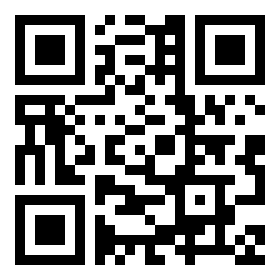Animating Chair KEYS w embedded instructions
Additional Information
Related links, images and relevant information involving this howtube video.
Just to remind folks --- I like showing people how to do animation. I've taught almost 2,000 people how to draw animation, and how to use 2D and 3D animation Software. My brother and I started drawing when we were in diapers. Eventually that got us to where we could make some $$$ at it. I'm not saying it's easy. But it's a way to make a living, if you hustle.•••••••••••••
As an undergraduate, I had the good fortune of taking classes for several years with Oscar-winning animator John Hubley. The classes he was teaching, in the graduate school of Art, were VISUAL PLANNING. Some folks use the term Storyboarding. Over those two years, we storyboarded, then critiqued, entire chapters of classic novels. Hundreds and hundreds of panels.
Obviously, Lots of people can imagine and draw beautiful compositions, elegantly balanced, arranged to capture a scene all pregnant with potential, some drama in the middle of unfolding, with every detail arranged for optimal clarity.
That's essential but NOT sufficient. To be useful, a storyboard HAS to consider very carefully EVERY Transition from one composition to the next.
That may sound simplistic, but the point is that each frame is supposed to guide the viewer's attention effortlessly and relentlessly from shot to shot, without letting the viewer EVER get lost in the transition.
This is because the unfolding Cinematic story Does NOT give you any chance – as you can with the pages of a novel – to go back and figure out what you missed as the writer shifted from one situation to a different one. Once the Viewer has been lost in a clumsy transition, they stay lost for many seconds, where crucial information they need in order to follow the story is passing them by while they glance about, trying to figure out what they missed.
• Because almost a full decade of my career was spent as a staff animation producer in a couple of production companies doing a lot of LIVE ACTION, I ended up frequently working with live action directors to storyboard for LIVE ACTION. These boards were not meant to set the visual plan in CONCRETE, but to allow everyone in the production see 'em as a jumping off point for discussion and planning.
• My boards were viewed and dissected by the Set designers, costumers, lighting directors, prop masters, and even the actors, sometimes in voice recording sessions. As I sketched as fast as I could, they made revisions and suggestions, asking me to show particular details that they needed for their tasks.
• So seeing up close how my storyboards were used, helped me refine my understanding of where to put the energy into the process. There were even times I sat scribbling story panels for the director, writer and camera operator to sort out camera angles for helicopter shots in the changing afternoon light, while a helicopter nearby was warming up for the flight! If you want to get into film & video production... Storyboarding is a great thing to
learn.
Comments
Comment on this video



